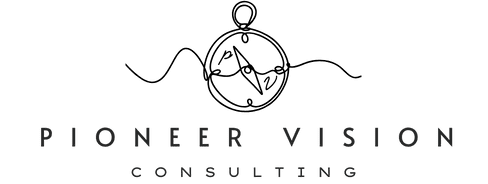Driving traffic and sales through SEO requires a holistic strategy that combines precise keyword targeting, authoritative content, robust technical foundations, strategic link building, and local optimization with exceptional user experience. Implement these five strategies in concert to elevate your google ranking, attract qualified visitors, and convert organic interest into measurable revenue streams.
Frequently Asked Questions
What is the importance of user intent in SEO?
User intent is crucial in SEO as it helps you understand what your audience is searching for and why. By aligning your content with the specific needs and motivations of users, you can create more relevant and engaging material. This not only improves your chances of ranking higher in search results but also enhances user satisfaction, leading to better conversion rates. Understanding user intent allows you to target the right keywords and craft content that resonates with your audience’s expectations.
How can I improve my website‘s mobile usability?
Improving mobile usability involves optimizing your website‘s design and functionality for mobile devices. Start by ensuring that your site is responsive, meaning it adjusts seamlessly to different screen sizes. Use larger fonts for readability, simplify navigation, and minimize loading times. Additionally, test your site on various mobile devices to identify any issues. Tools like Google’s Mobile-Friendly Test can help assess your site’s performance. A mobile-optimized site enhances user experience, reduces bounce rates, and positively impacts your SEO rankings.
What are the benefits of using structured data for SEO?
Structured data, or schema markup, enhances your website‘s visibility in search results by providing search engines with clear information about your content. This can lead to rich snippets, which display additional details like ratings, prices, and availability directly in search results. Implementing structured data can improve click-through rates, as users are more likely to engage with visually appealing and informative listings. Additionally, it helps search engines understand your content better, potentially improving your rankings and overall SEO performance.
How can I effectively track my SEO performance?
Tracking SEO performance involves monitoring key metrics that reflect your website‘s visibility and user engagement. Utilize tools like Google Analytics and Google Search Console to track organic traffic, keyword rankings, and conversion rates. Set specific goals and KPIs, such as the number of visitors from search engines or the percentage of organic sessions that convert. Regularly review these metrics to identify trends, assess the effectiveness of your strategies, and make data-driven adjustments to improve your SEO efforts.
What is the role of content freshness in SEO?
Content freshness plays a significant role in SEO as search engines prioritize up-to-date information. Regularly updating your content signals to search engines that your site is active and relevant. This can lead to improved rankings, especially for topics that evolve over time. To maintain content freshness, schedule regular audits to update statistics, add new insights, and remove outdated information. Fresh content not only enhances user experience but also encourages return visits, boosting overall engagement and SEO performance.
How can I leverage social media to enhance my SEO strategy?
Leveraging social media can significantly enhance your SEO strategy by increasing brand visibility and driving traffic to your website. Share your content across various social platforms to reach a broader audience and encourage engagement. Social media can also help generate backlinks, as users may share your content on their own sites or blogs. Additionally, active social media presence can improve brand recognition, which indirectly influences search rankings. Consistent and strategic social media efforts can complement your SEO initiatives effectively.
What are the common pitfalls to avoid in SEO?
Common pitfalls in SEO include neglecting keyword research, over-optimizing content, and ignoring mobile optimization. Failing to understand user intent can lead to targeting the wrong keywords, resulting in low engagement. Over-optimization, such as keyword stuffing, can harm your rankings. Additionally, not prioritizing mobile usability can alienate a significant portion of your audience. Regularly auditing your SEO practices and staying updated with algorithm changes can help you avoid these pitfalls and maintain a successful SEO strategy.
Implementing effective SEO strategies can significantly enhance your website‘s visibility, attract high-intent visitors, and drive sales growth. By mastering keyword research, creating E-E-A-T content, optimizing technical foundations, building strategic links, and leveraging local SEO, you position your brand for long-term success. Each tactic reinforces your authority and relevance in search results, ultimately leading to increased conversions. Start optimizing your website today to unlock its full potential and watch your traffic and sales soar.


